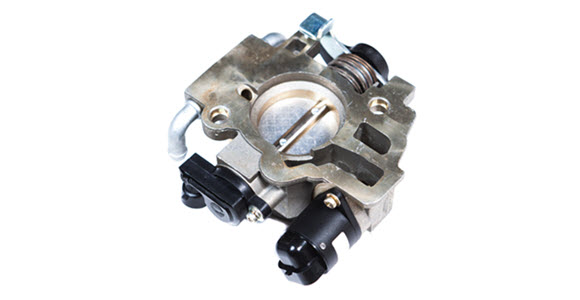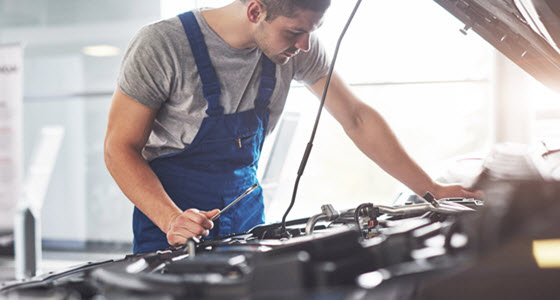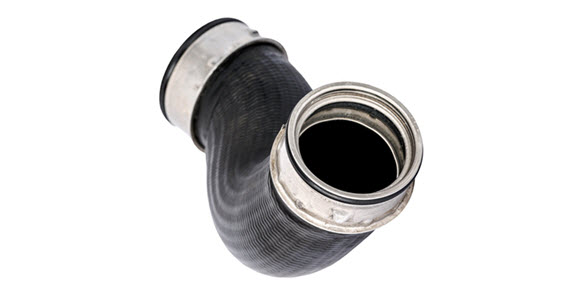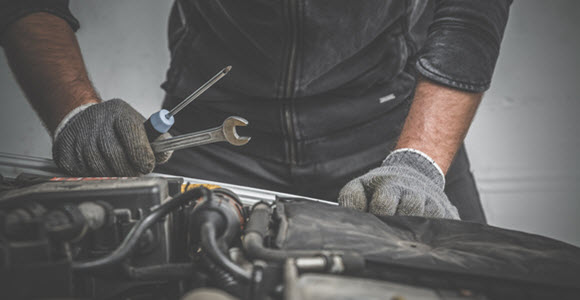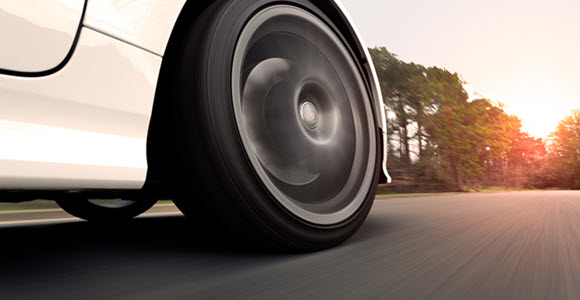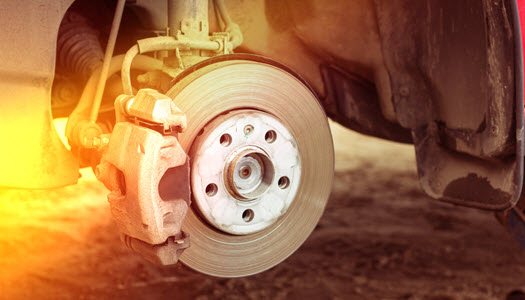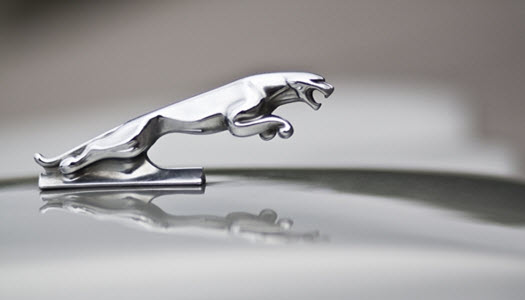Tips to Maintain the Electronic Throttle Unit in Your Car
Posted on | 19 Jan 2019 By Anita Gaal
Servicing the throttle unit is not a part of most maintenance routines, so it’s important to take steps to maintain the electronic throttle unit in your car. In this article, we will go over the function and importance of the electronic throttle unit, and tips to help maintain the electronic throttle unit in your car.
What is an electronic throttle unit and why does it need to be serviced?
A throttle body, or throttle unit, is an electronic device that operates the throttle valve. Modern cars have a drive-by-wire system that operates by pressing the accelerator pedal, which then sends a signal to the computer that controls and activates the throttle valve.
Making sure your electronic throttle unit is working well is extremely important because the throttle valve regulates air flow to the engine, and this process controls the engine RPMs. An electric motor inside the throttle unit serves to open and close the throttle valve. The throttle unit helps to maintain the speed of an idle engine, so making sure your electric throttle unit is in good shape is important for the performance and health of your engine.
In order to make sure your electronic throttle unit is well maintained, try to follow some of the tips below.
Keep An Eye on Idle Engine RPMs
Since the main function of the electronic throttle unit is to regulate the idle engine RPMs, it’s a good practice to make sure that the RPMs stay within a normal range. Usually, your engine should stay between 550 and 750 RPMs while idling. If your engine is running significantly above or below this range while you’re stopped, it might be a good idea to check your electronic throttle unit.
Check for Carbon Buildup
Most electronic throttle unit problems are related to the buildup of carbon around the unit and under the hood, so it’s always a good idea to check under the hood. You want to make sure that the electronic throttle unit isn’t being impeded because of carbon buildup, so being conscious of this problem will help you to maintain your electric throttle unit.
Make Sure the Electronic Throttle Unit is Cleaned During Service
Because the electronic throttle unit can fail due to a buildup of carbon or other solids, it’s important to make sure your electronic throttle unit is being cleaned during general service visits. Although many people avoid taking their car in for a tune-up, it’s important to make sure everything is clean and running smoothly. When you take your car in for a regular service or tune-up, ask your auto technician to check on the electronic throttle unit. If the electronic throttle unit is cleaned regularly, there is a less likely chance that it will need to be replaced.
Can I clean the electronic throttle unit myself?
Although the internet suggests you can clean the throttle unit yourself, it might not be a great idea. Some car manufacturers require a very specific procedure for cleaning the throttle unit, so it’s best to leave this job to a professional. If you don’t clean the throttle unit properly it could damage the unit, and it would be very expensive to replace the part completely. Because of this, we strongly suggest having any service to the throttle unit performed by a trusted and qualified technician.
Trust the Pros With Your Throttle
If your car is showing any signs of trouble with your electronic throttle unit, Euro Automotive can take care of it. In order to keep our clients safe, we clean and service electronic throttle units regularly. We take all of our client’s concerns very seriously and want to make sure that your engine is running without issue.
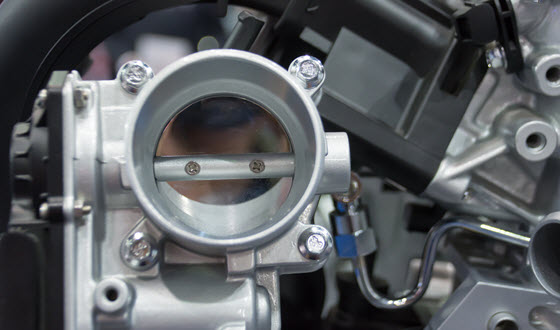
The team at Euro Automotive has years of experience with all European makes, and we can ensure that your electronic throttle unit will be inspected and cleaned. We understand the importance of having a car that runs well, which is why we pride ourselves on our attention to detail and honesty with all of our clients.
Our commitment to stellar customer service has impressed European car owners all over Texas, with many of our respected clients coming from Dallas, Garland, Arlington, and Fort Worth. We believe in providing the highest quality of service and repair to all of our clients, and we do everything we can to ensure your vehicle is running smoothly.





